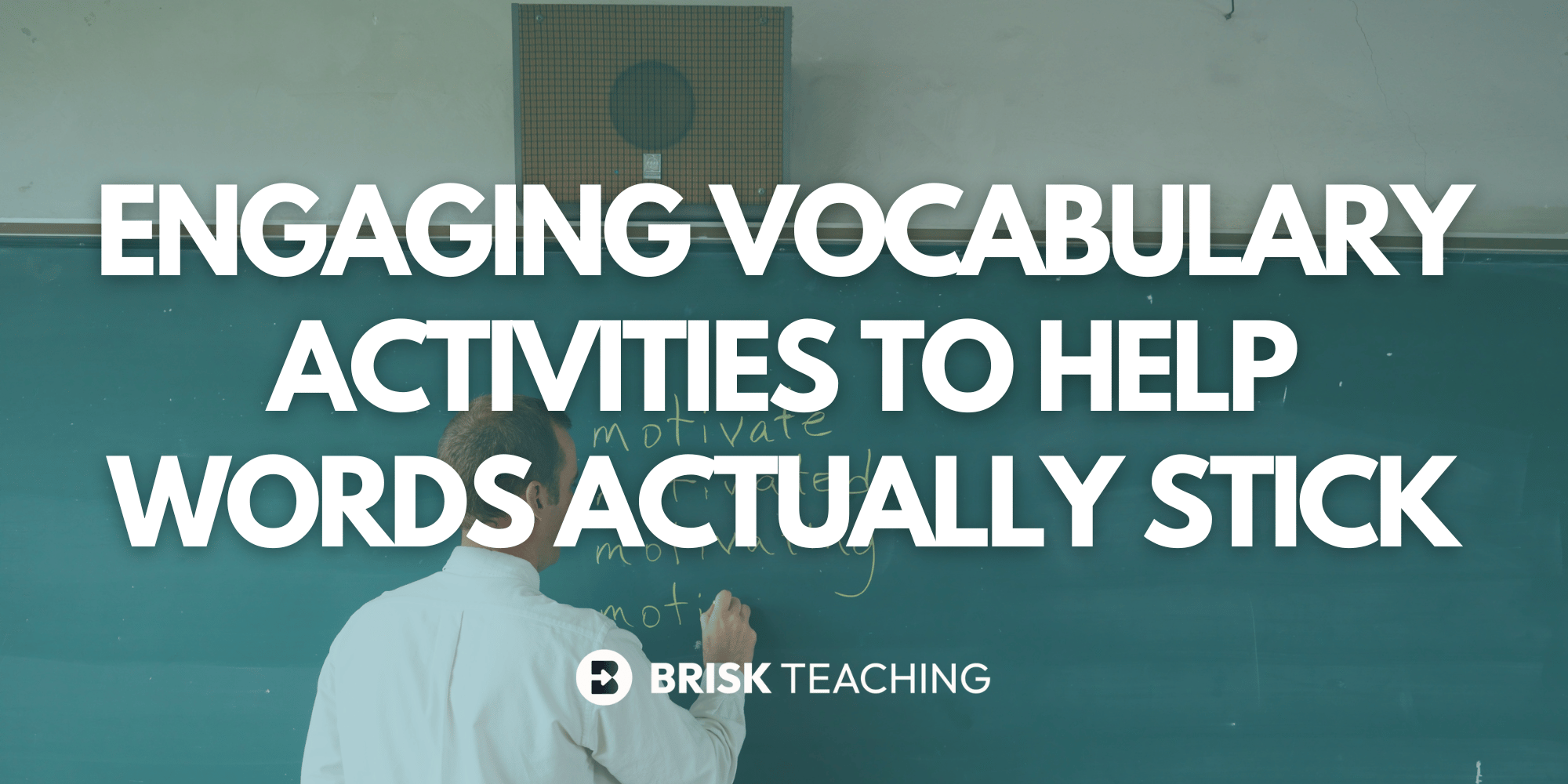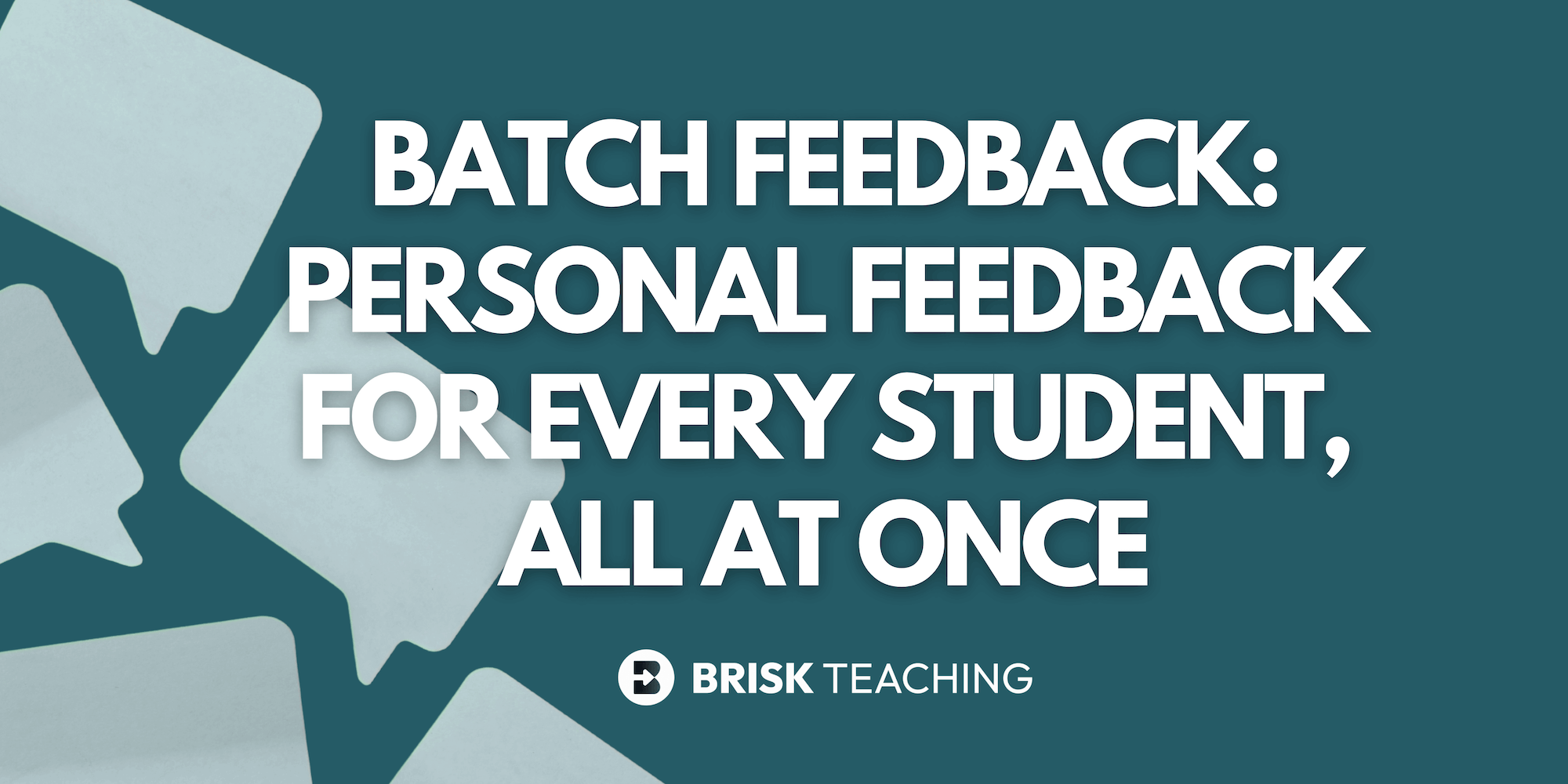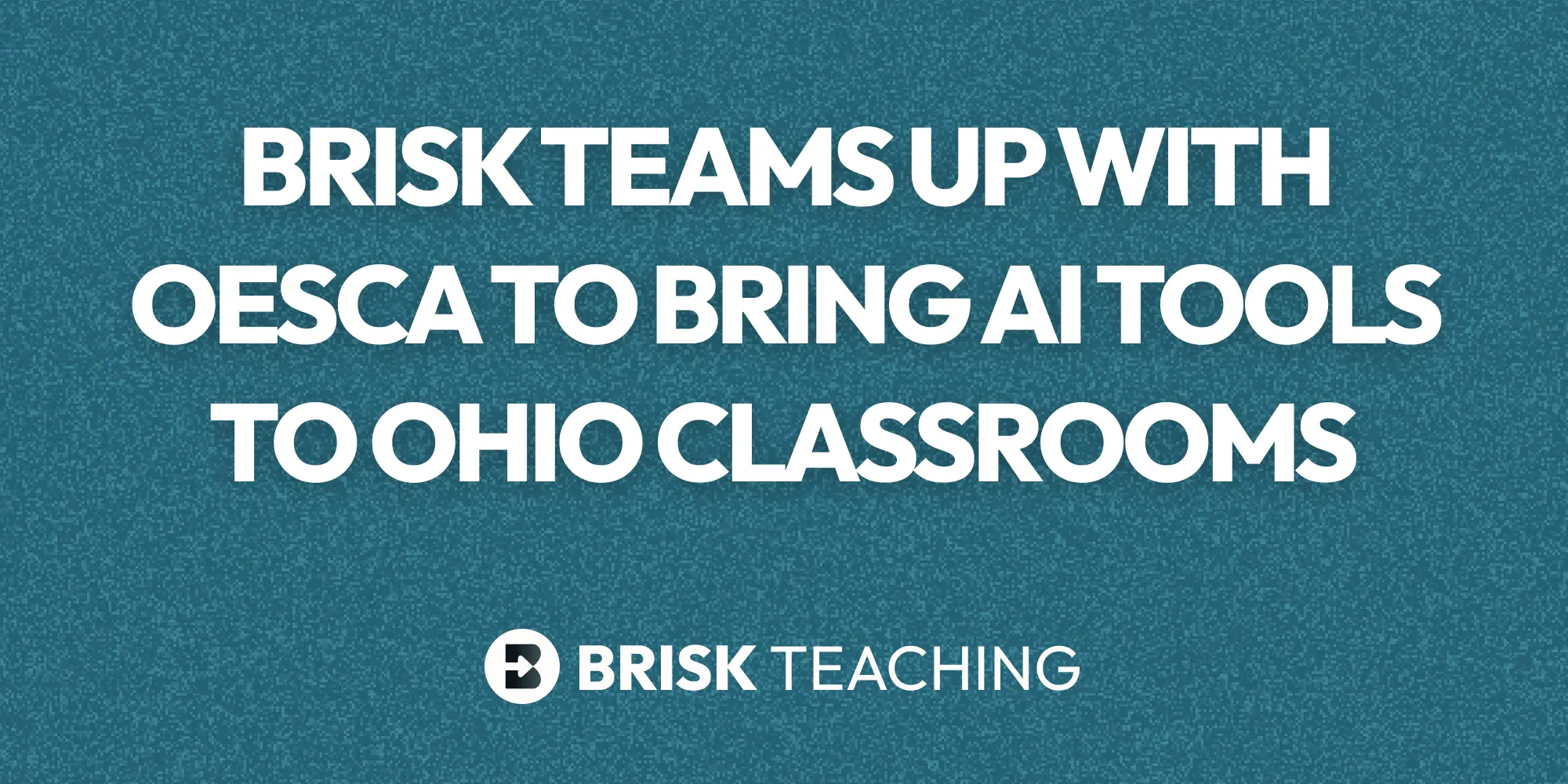Every teacher knows the scene: students memorize a long list of words, ace the quiz on Friday, and then struggle to remember any of them the next week. Vocabulary is one of those areas that can feel repetitive and disconnected from real learning, but it doesn’t have to be.
When students explore new words in context and use them creatively, vocabulary practice shifts from memorization to meaning. The right vocabulary activities help words come alive in your classroom and give students tools they’ll use long after the quiz.
And the best part? You don’t have to start from scratch. Tools like Brisk can help you instantly generate leveled practice, writing prompts, or discussion starters tailored to your students’ needs. Start using Brisk for free!
1. Rethink Routine: Move from Memorizing to Meaning-Making
Traditional vocabulary drills focus on rote recall, but lasting understanding comes from connecting words to ideas, stories, and emotions. Here are a few ways to make that shift:
- Context Clues Challenges: Ask students to use new vocabulary in short, creative sentences based on current events or class readings.
- Word Connections: Have students link vocabulary words to synonyms, antonyms, or visual symbols on a class anchor chart.
- Quick Write Fridays: Encourage students to write short journal entries that naturally weave in several of their vocabulary words.
These types of vocabulary activities promote deeper comprehension because students are thinking about how words fit into the bigger picture, not just memorizing definitions.
Why it matters: When students practice vocabulary in context, they retain it longer and use it more confidently in their writing and speech.
2. Make It Interactive: Games That Reinforce Learning
Vocabulary practice doesn’t need to be quiet or static. Movement and play help students engage, laugh, and remember.
Try these quick and low-prep vocabulary activities:
- Vocabulary Bingo: Students create their own boards using class word lists. Call out definitions or synonyms instead of the words themselves.
- Guess That Word: Students act out or draw clues for vocabulary words in charades or Pictionary style.
- Classroom Word Hunts: Challenge students to find their vocabulary words in books, songs, or online articles.
Games like these transform routine review into excitement. Students get to connect language learning with laughter, which builds both memory and confidence.
Brisk tip: Want new games or review ideas in seconds? Use Brisk’s free Create Anything tool to generate interactive vocabulary activities based on your current reading passage or content area.
3. Connect Vocabulary to Students’ Lives
Words stick when they matter. When students see how vocabulary connects to their personal experiences, it becomes part of their identity, not just another list to study.
Try these engaging approaches:
- My Week in Words: Students reflect on their week using at least three of their new vocabulary words in a short journal or paragraph.
- Word Selfies: Have students choose a word that represents their current mood, goal, or mindset, then draw or design a visual for it.
- Class Collage: Create a shared visual board with photos, quotes, and examples of where students have spotted or used vocabulary words in real life.
These student-centered vocabulary activities make learning personal, creative, and relevant.
Why it matters: When students take ownership of words, they begin to see language as a reflection of their world.
4. Differentiate Without Adding to Your Workload
Every class has a wide range of vocabulary needs. Some students crave a challenge while others need more time and scaffolding. Differentiation doesn’t have to mean double the prep.
You can keep things manageable with strategies like:
- Offering multiple ways to show understanding—students can draw, act, or write about vocabulary.
- Creating tiered word lists that give advanced learners a stretch goal while supporting those who need review.
- Using digital tools to save prep time and personalize learning.
Brisk can help here too. With one click, you can adjust an activity to match a student’s reading level, keeping every learner engaged and supported.
Why it matters: Differentiated vocabulary activities help all students build confidence and a shared sense of progress.
5. Extend Learning Through Collaboration
Learning is more powerful when it’s shared. Let students teach, test, and celebrate one another’s progress.
Try collaborative vocabulary activities like:
- Peer Teaching: Students create short mini-lessons or skits to teach vocabulary words to their classmates.
- Word of the Week Challenge: Have students submit creative sentences or artwork using a featured vocabulary word.
- Class Vocabulary Wall: Keep a living display where students can add new examples they encounter in their reading or daily life.
These collaborative approaches turn vocabulary into a community experience instead of a solo task.
Why it matters: Collaboration builds accountability, confidence, and a sense of shared learning.
6. Quick Ways to Reinforce Vocabulary Daily
Keeping vocabulary visible doesn’t have to take extra time. A few small routines can make a big difference in retention.
Simple habits that work:
- Use transition times for one-minute verbal reviews or quick games.
- Add a “Word of the Day” slide to your morning routine.
- Highlight new or challenging words during class discussions or read-alouds.
Why it matters: Repetition in short bursts builds familiarity and long-term understanding.
Final Takeaway: Vocabulary That Stays With Students
Vocabulary is more than a test skill — it’s the foundation for reading comprehension, communication, and creative expression. When students connect new words to movement, meaning, and each other, the learning sticks.
With a few fresh vocabulary activities and time-saving tools like Brisk, you can make vocabulary practice a highlight of your week, not another task to check off. Try Brisk today to design personalized vocabulary activities and generate vocab quizzes that help your students learn smarter and save you hours of prep.
.svg)







